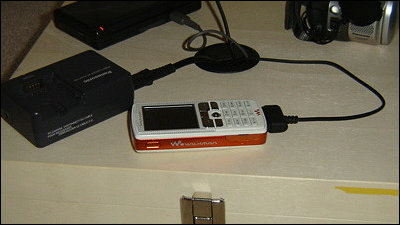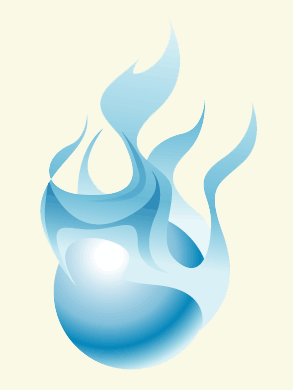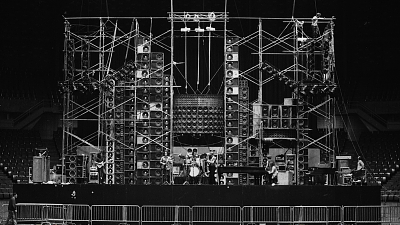The first virtual conference in human history was held in 1916. How big was it and how was it held?

In addition to the widespread use of webcams and the popularity of online meeting apps, virtual meetings, where people hold meetings online from home, have become commonplace in modern times due to the trend of avoiding face-to-face meetings due to the COVID-19 pandemic. According to
The First Virtual Meeting Was in 1916 - IEEE Spectrum
https://spectrum.ieee.org/virtual-meeting

The AIEE held a meeting at 8:30 p.m. on May 16, 1916, at the Engineering Institute Building in New York City. The meeting was an event planned to commemorate the achievements of the time in communications, transportation, lighting, and power, and was attended by 5,100 members from eight cities: Atlanta, Boston, Chicago, Denver, New York, Philadelphia, Salt Lake City, and San Francisco. The AIEE branches in the eight cities were connected by telephone lines, and the meeting proceeded in a format in which they listened to and responded to the conference led by New York. In Denver and Salt Lake City, the telephone lines were one-way, so only telegrams indicating their attendance and greetings were sent to the headquarters during the meeting.
An Atlanta local newspaper hailed the AIEE conference as 'the greatest feat ever accomplished in the history of the world,' while a Philadelphia daily described it as 'a network that spanned 20 states, traversed some 4,000 miles, and was supported by more than 150,000 telephone poles, passing through 5,000 switches.'

One thing that made the AIEE's first virtual conference so remarkable, according to Marsh, was its timing:
At the 1916 meeting, after everyone had checked in to make sure they could hear, a telegram from then-President of the United States, Woodrow Wilson, was read out, praising the AIEE's efforts and saying, 'The event is a highly interesting testimony of the inventive talent and engineering ability represented by the investigators.'
Next, Alexander Graham Bell , known for inventing the telephone, took the stage and said, 'I am pleased to see that the telephone has progressed so far beyond its original conception.' Others who helped establish telephone service, including British engineers and Thomas Watson, who was Bell's assistant and first heard a conversation on the telephone, gave speeches on behalf of their respective positions.
At 9 p.m., the phone connection was interrupted for 30 minutes, and invited guests from each city gave speeches. In Boston, Harvard University President Lawrence Lowell and in Philadelphia, University of Pennsylvania President Edgar Smith each praised the technological advances of the time, and explained future goals and shortcomings. According to Marsh, after each city's speech, the virtual conference resumed again by phone, and 'bragged' about the latest updates on engineering capabilities. After that, each city played a song selected on a phonograph and transmitted it to the entire conference by phone, and the participants all enjoyed music.

The meeting concluded with a resolution, amendment, approval, and vote process, following Robert's Rules of Procedure , which the IEEE still follows today. In the final resolution, participants congratulated themselves for hosting the first virtual meeting and for their ability to make it possible.
Details of the world's first virtual conference remain in the AIEE minutes (PDF file) . However, there are important details that are not mentioned in the minutes. Marsh says, 'First, how much was the long-distance call charge for this conference, and who paid it? Second, what kind of receivers did the audience use at the time, and did they work? And finally, what did the members and guests think of this grand experiment? The answers to these basic questions have not been found anywhere. Many also wonder why no one took photos of the event.' According to Marsh, the AIEE virtual conference was a special event, and there were attempts to read the same paper and discuss it over the phone in three cities, but there is no record of a similar virtual conference being repeated after that.
Related Posts:
in Note, Posted by log1e_dh







